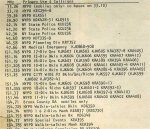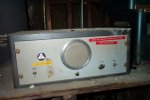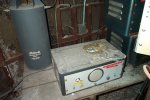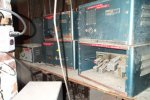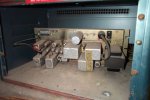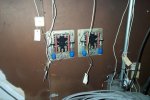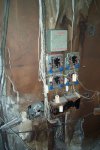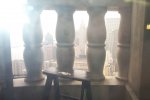radioman2001
Member
- Joined
- Mar 6, 2008
- Messages
- 2,974
- Reaction score
- 197
From what I can remember from around 1979-80 the HT220 units I worked on at Motorola were 4 chan, 4watt, omni frame with p/s speaker mic (ant on top), As I understand it the speaker mics were an issue and were discontinued in the second batch of radios.
I remember that in the bid requirements if any part or assembly exceeded at 10% failure Motorola was to replace until the failure percentage was less that 10%. There were 55 gallon drums filled with handsets from NYCEMS which still used them up until 1980. The reason for the handsets were so you could hear the radio traffic with the siren running. Back then the siren speakers were mounted on the roof of the cab, and I believe that is why I only have about 40% of my hearing today.
I remember that in the bid requirements if any part or assembly exceeded at 10% failure Motorola was to replace until the failure percentage was less that 10%. There were 55 gallon drums filled with handsets from NYCEMS which still used them up until 1980. The reason for the handsets were so you could hear the radio traffic with the siren running. Back then the siren speakers were mounted on the roof of the cab, and I believe that is why I only have about 40% of my hearing today.


